يحاول ذهب - حر
FLYING THE NORTH AMERICAN P-51 Mustang
June 2020
|Flight Journal
A triple Ace reports from the cockpit

The North American Aviation P-51 Mustang is my all-time favorite airplane. I have other favorites too, but the P-51 got me through WW II so well that it is the obvious choice for nostalgic reasons alone. The Mustang is a beautiful airplane to look at, and it has such a great, distinctive sound. There are so many legendary stories about the Mustang that it must be every flyboy’s favorite WW II fighter, and I think most objective researchers would agree that it was the best all-around WW II combat fighter. But why was the Mustang so great? In a nutshell, because of its advanced design and overall performance. It was superior in many ways, and if it wasn’t the best in a particular area, it was, at least, very competitive.
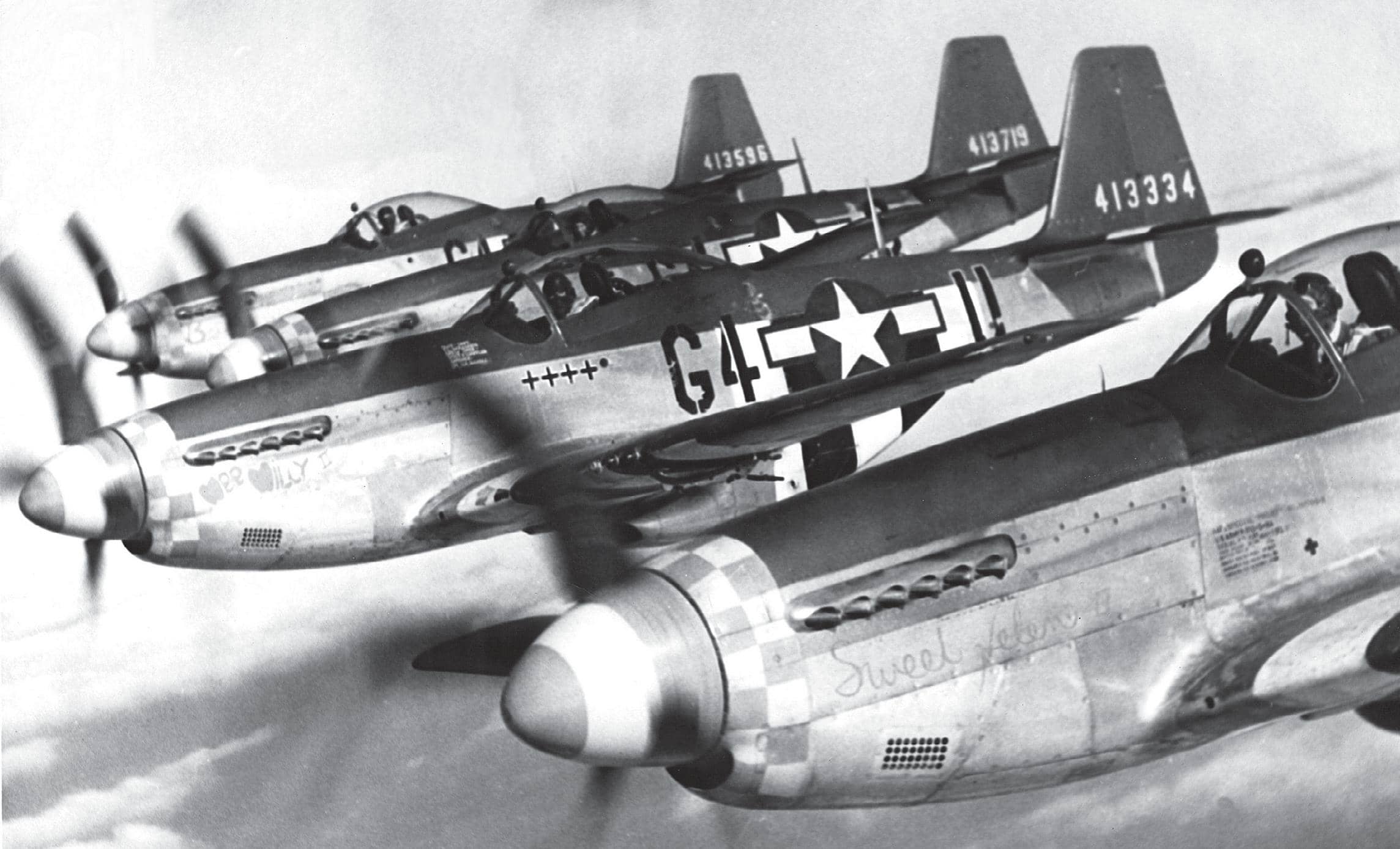
Early D-model Mustangs of the 362nd FS are out on a post-D-Day patrol.
Once the Mustang was equipped with the Packard-built Merlin engine, its highspeed performance became outstanding. At altitude, the P-51’s top speed (true airspeed) was close to 440 mph, depending on whose evaluation you read. One of the things that made this possible was the engine’s two-stage, two-speed supercharger. The engine could produce takeoff power at high altitude. It was a great performer at sea level as well as at altitudes of 30,000 to 35,000 feet, with the best speed attained somewhere in between.
هذه القصة من طبعة June 2020 من Flight Journal.
اشترك في Magzter GOLD للوصول إلى آلاف القصص المتميزة المنسقة، وأكثر من 9000 مجلة وصحيفة.
هل أنت مشترك بالفعل؟ تسجيل الدخول
المزيد من القصص من Flight Journal
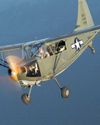
Flight Journal
WARBUG IN THE PACIFIC
Surviving combat in a Stinson OY-1/L-5
10 mins
September - October 2025
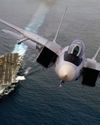
Flight Journal
WINGS OF THE FLEET
Celebrating the U.S. Navy's 250-year legacy
9 mins
September - October 2025
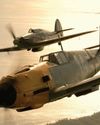
Flight Journal
THEIR FINEST HOUR
85 summers ago, the British Royal Air Force and Nazi Germany's Luftwaffe fought the world's first great air campaign
7 mins
September - October 2025
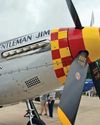
Flight Journal
Warbirds & more at Innovations in Flight
SEVEN P-51S AND THE B-29 “DOC” were among the warbirds that flew in for the Smithsonian National Air and Space Museum's “Innovations in Flight” day on June 14 at the Steven F.
2 mins
September - October 2025
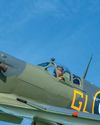
Flight Journal
MALTA SPITFIRE
American fighter ace Claude Weaver III DFC DFM
16 mins
September - October 2025
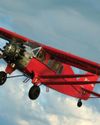
Flight Journal
Pacemaker: Bellanca's 1929 Heavy Hauler
North Country workhorse
2 mins
September - October 2025
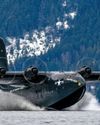
Flight Journal
A TALL ORDER
The final flights of “Philippine Mars”– the last airworthy Martin JRM Mars flying boat
12 mins
September - October 2025
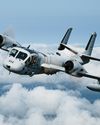
Flight Journal
Mohawk vs. MiG
An unusual air battle over North Vietnam
7 mins
July - August 2025
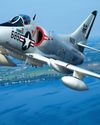
Flight Journal
GOING FOR IT!
A-4 Skyhawks strike hard in the Tet Offensive
11 mins
July - August 2025
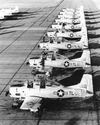
Flight Journal
ZORRO STRIKES
The T-28's secret war in Southeast Asia
15 mins
July - August 2025
Translate
Change font size
